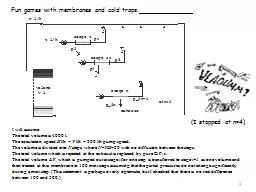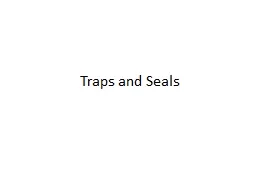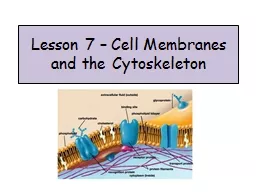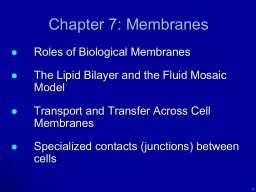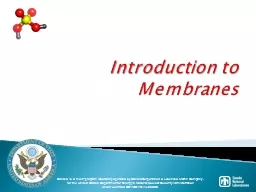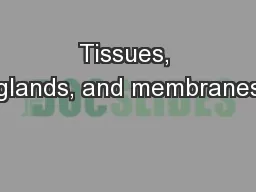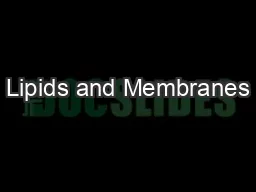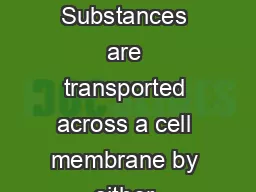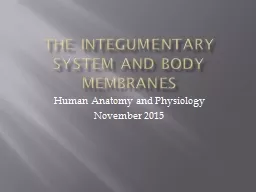PPT-Fun games with membranes and cold traps.
Author : hoodrona | Published Date : 2020-06-19
I will assume The total volume is 4000 l The circulation speed X lh Y lh 200 lh pump speed The volume is divided into N steps where NVX 20 with no diffusion
Presentation Embed Code
Download Presentation
Download Presentation The PPT/PDF document "Fun games with membranes and cold trap..." is the property of its rightful owner. Permission is granted to download and print the materials on this website for personal, non-commercial use only, and to display it on your personal computer provided you do not modify the materials and that you retain all copyright notices contained in the materials. By downloading content from our website, you accept the terms of this agreement.
Fun games with membranes and cold traps.: Transcript
Download Rules Of Document
"Fun games with membranes and cold traps."The content belongs to its owner. You may download and print it for personal use, without modification, and keep all copyright notices. By downloading, you agree to these terms.
Related Documents

